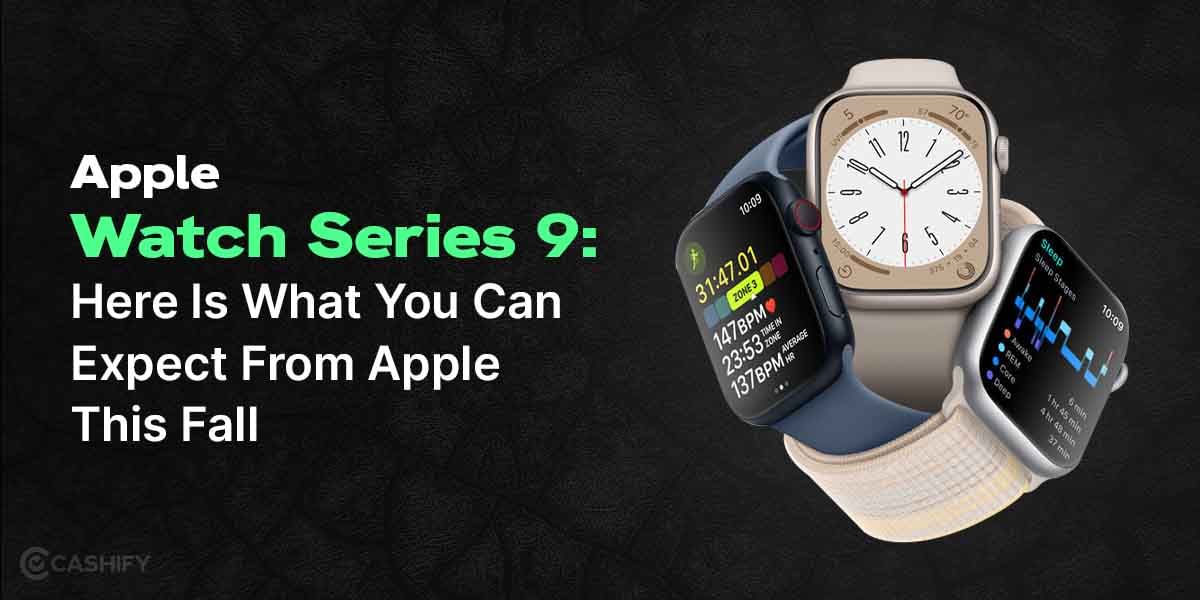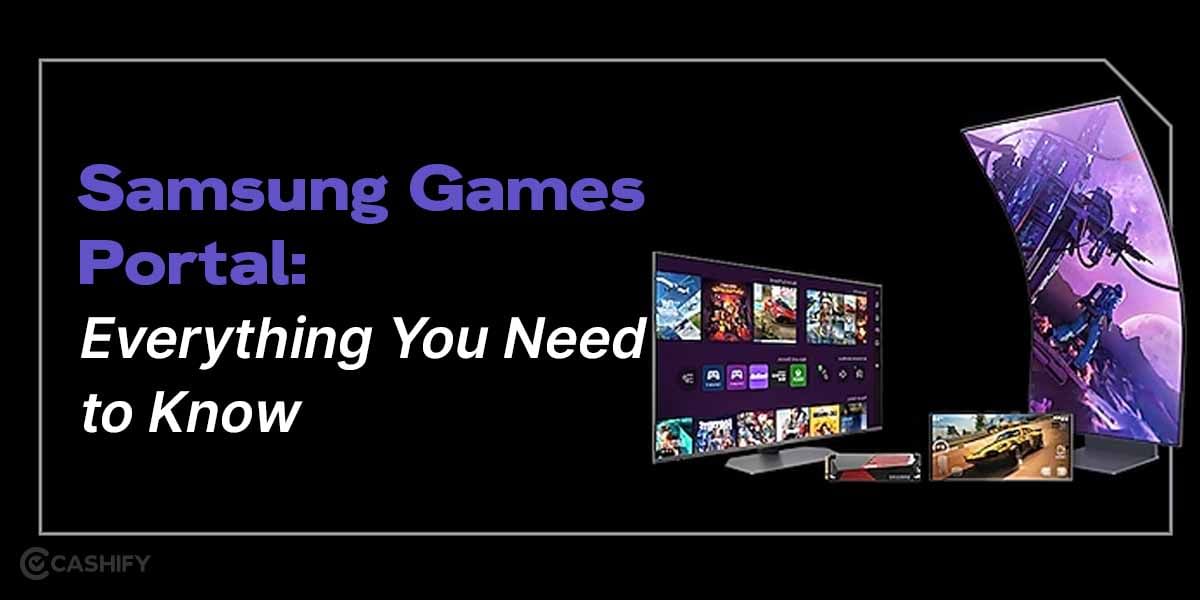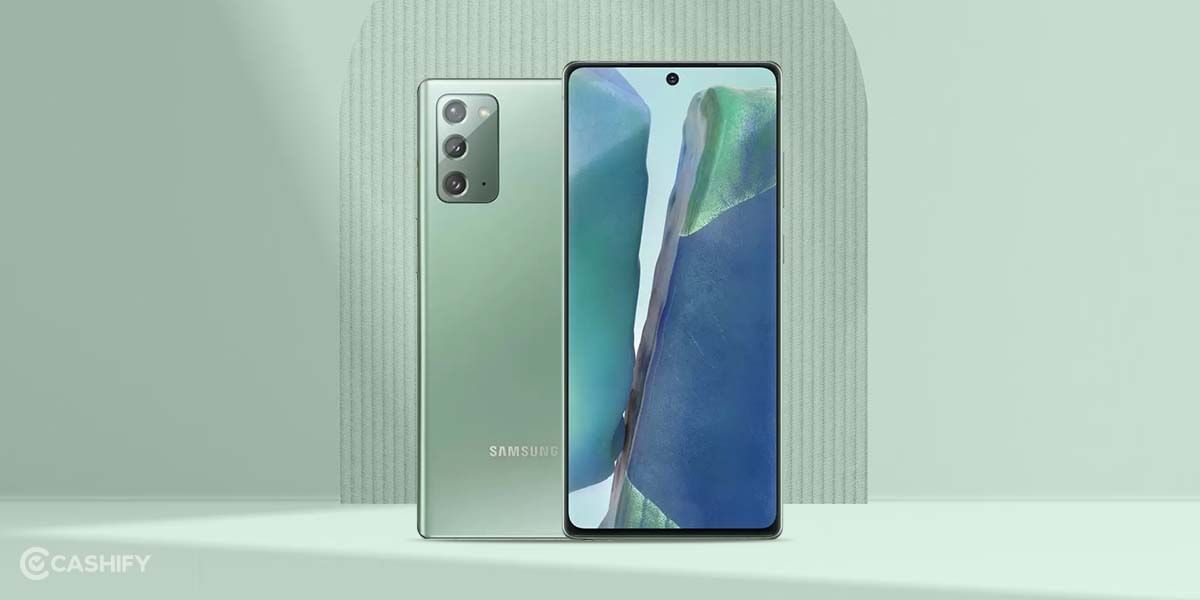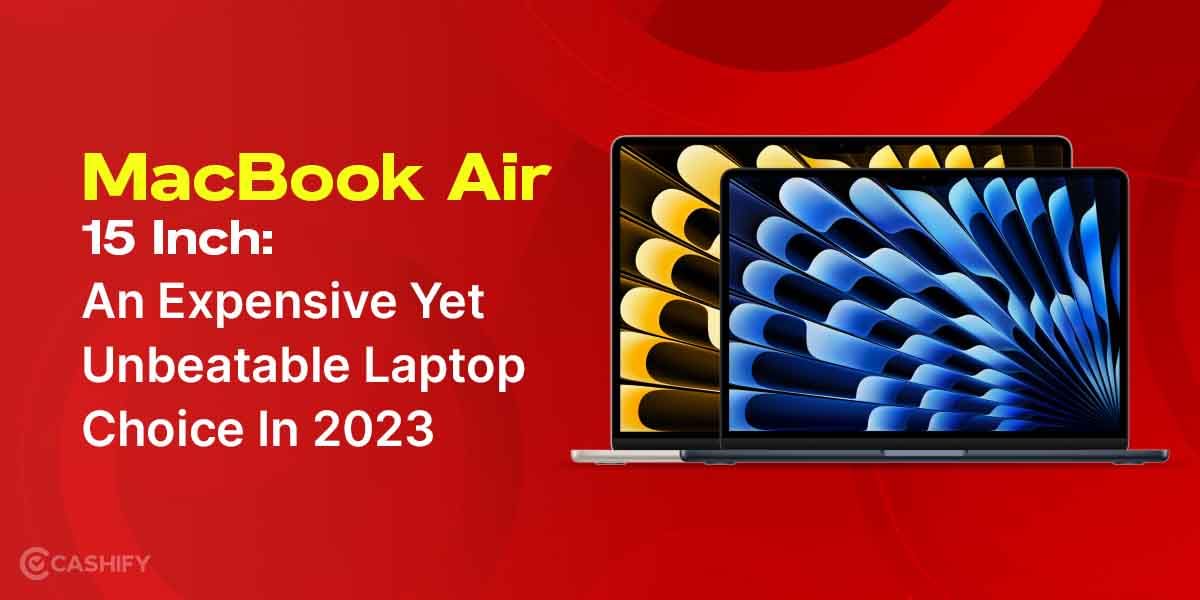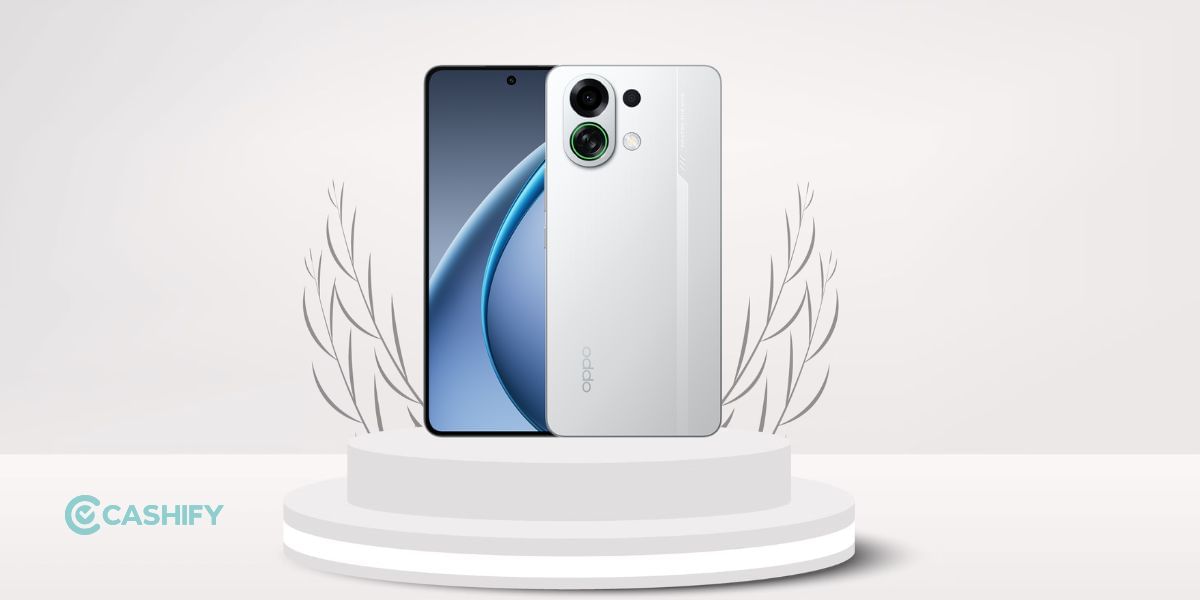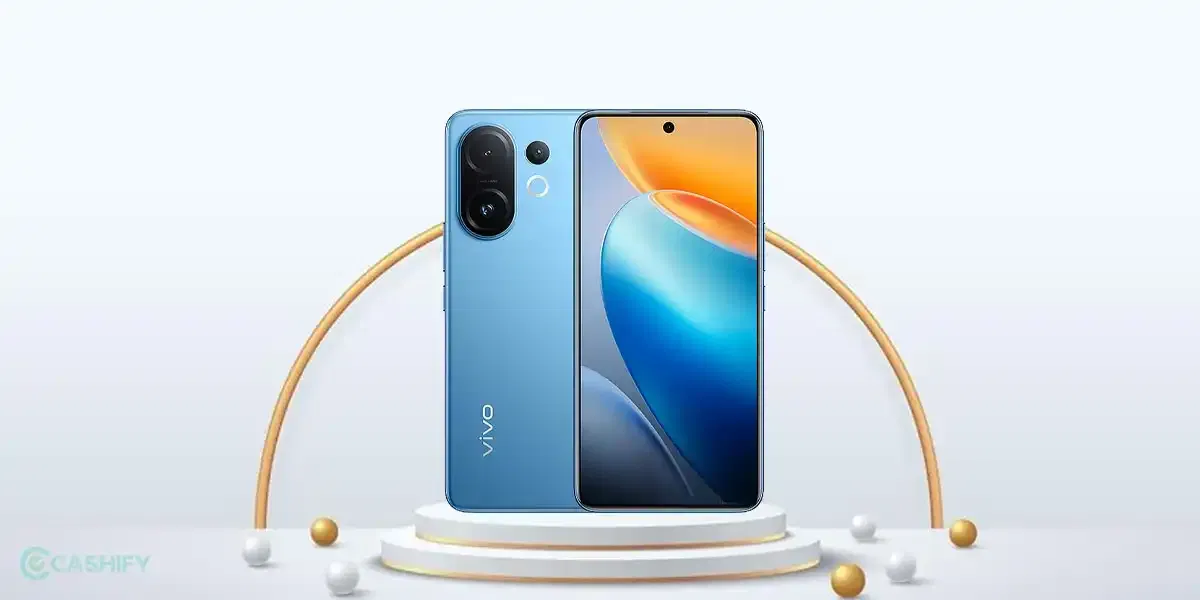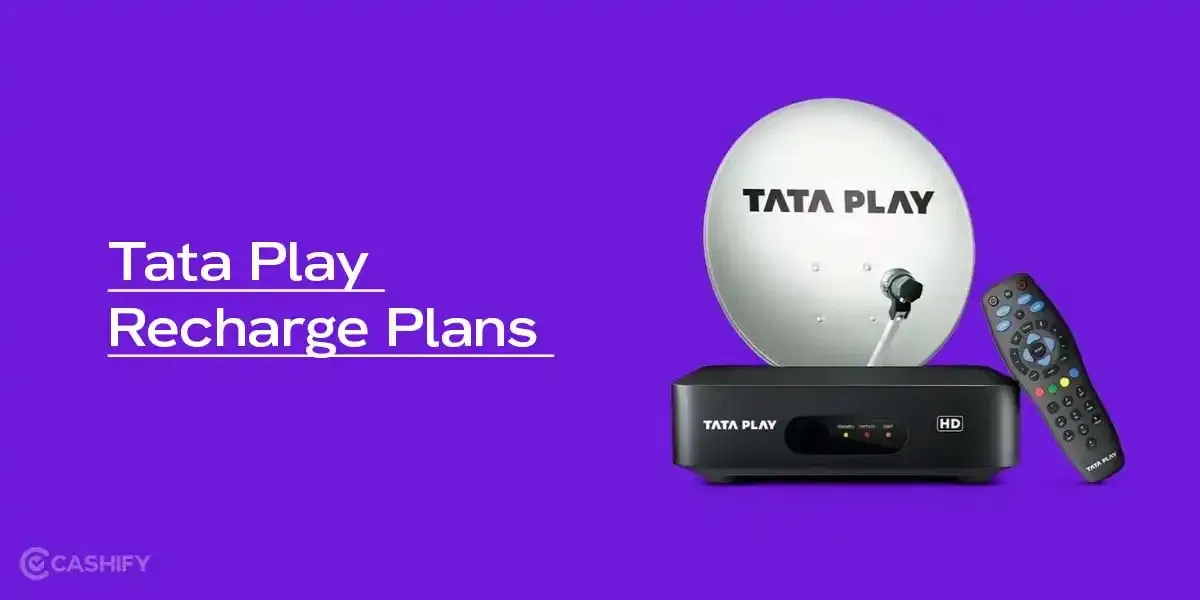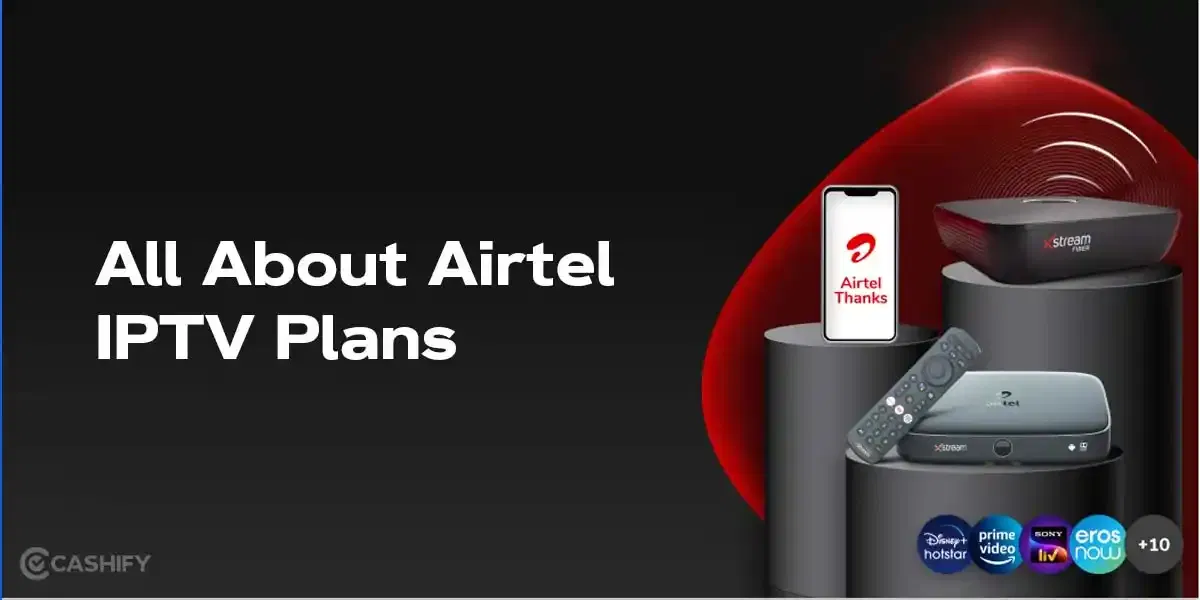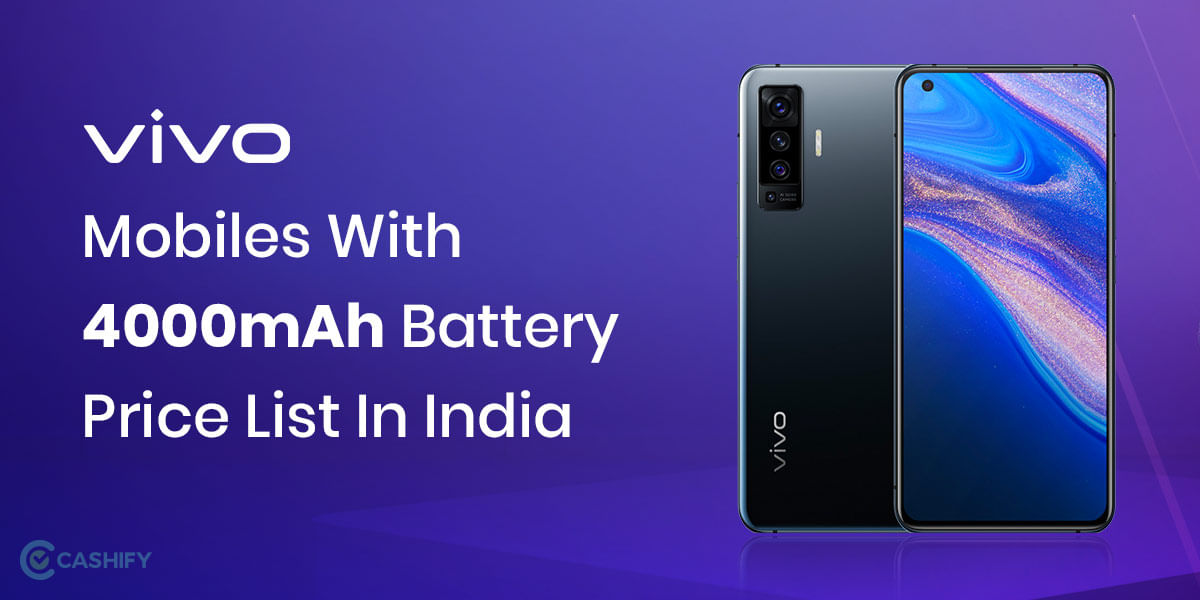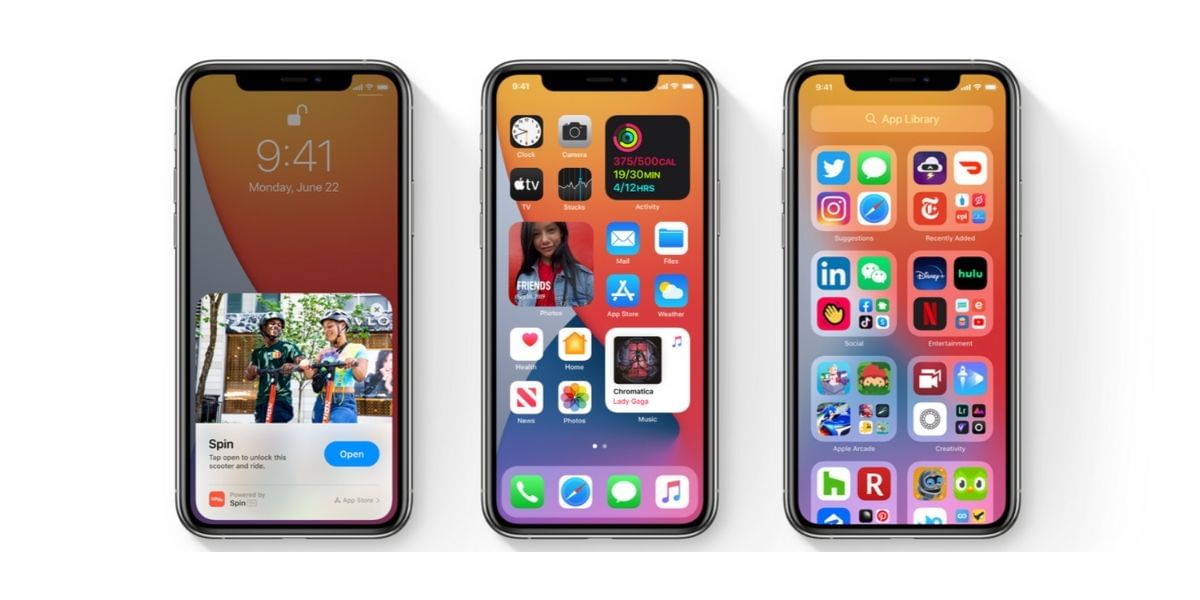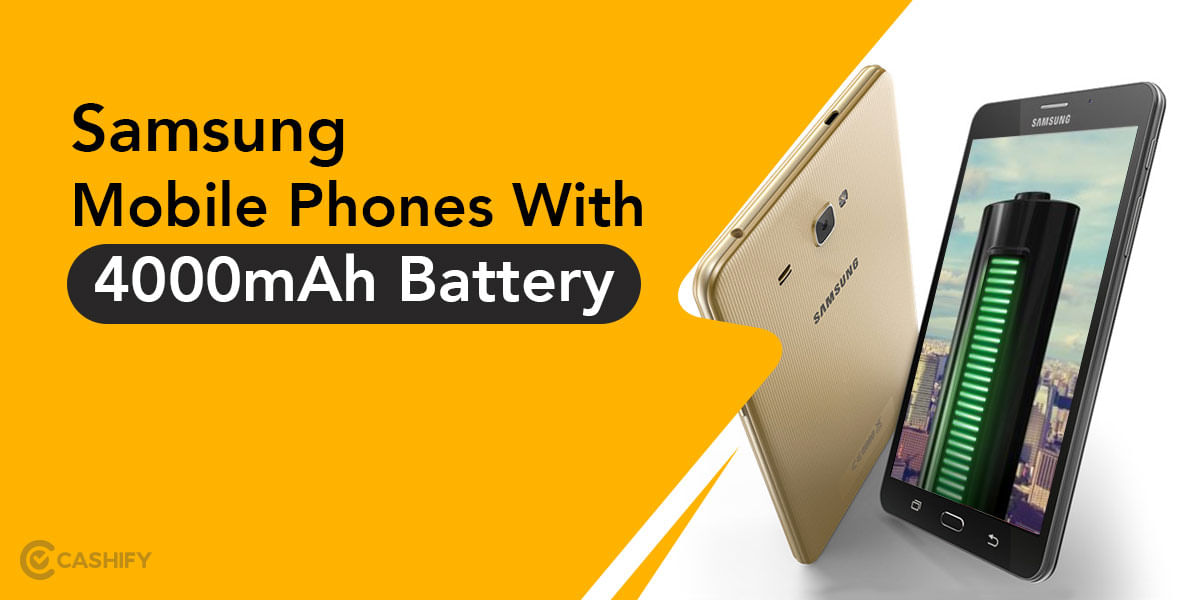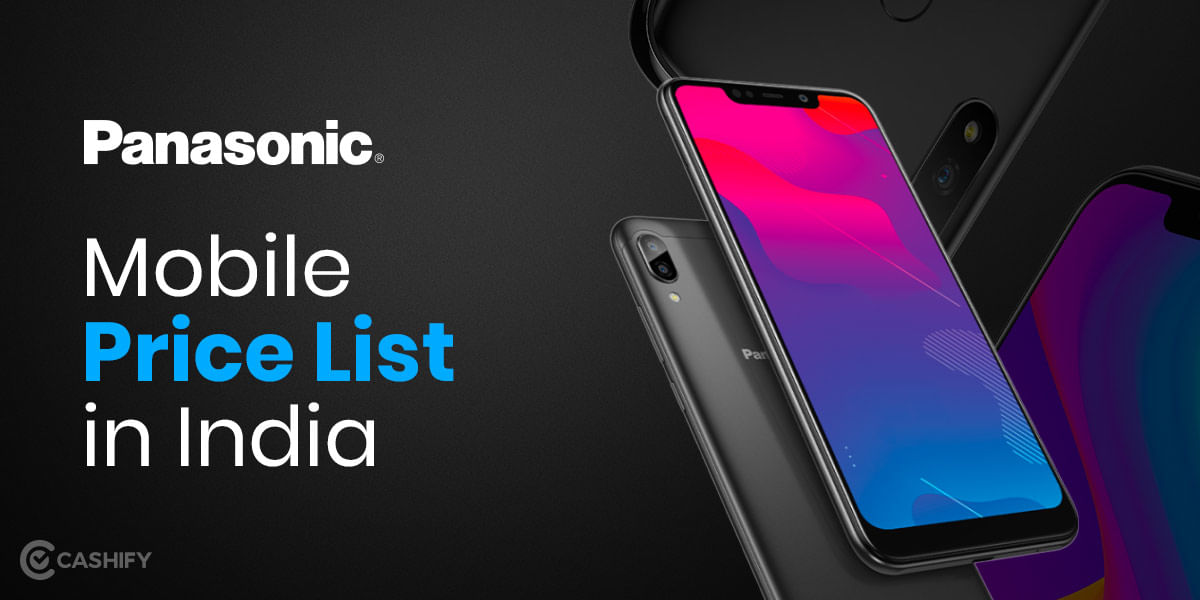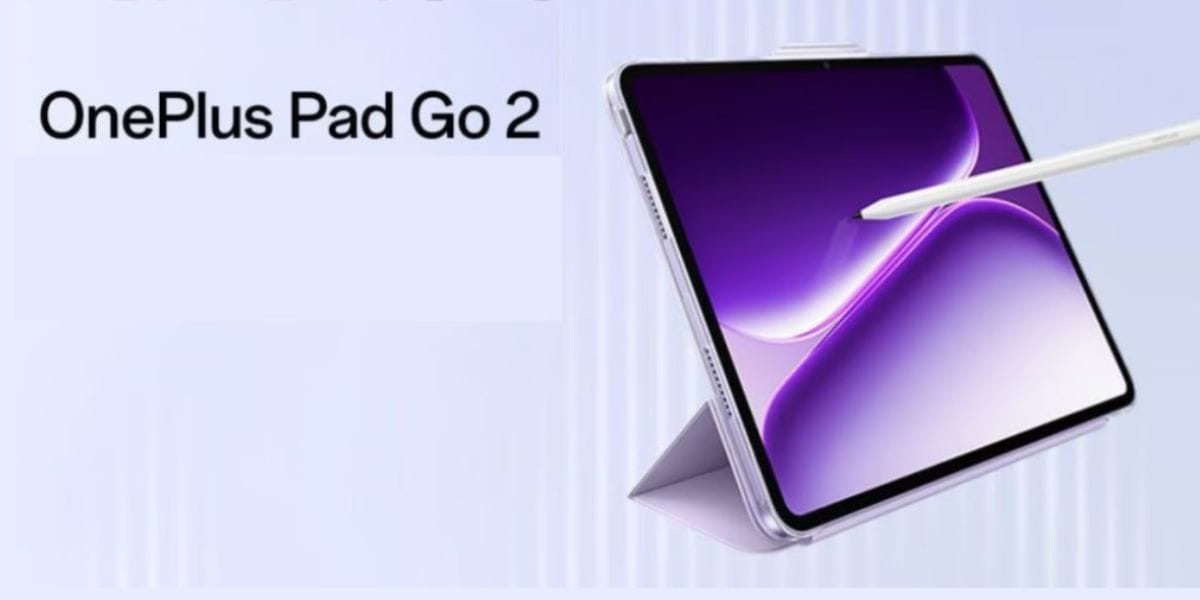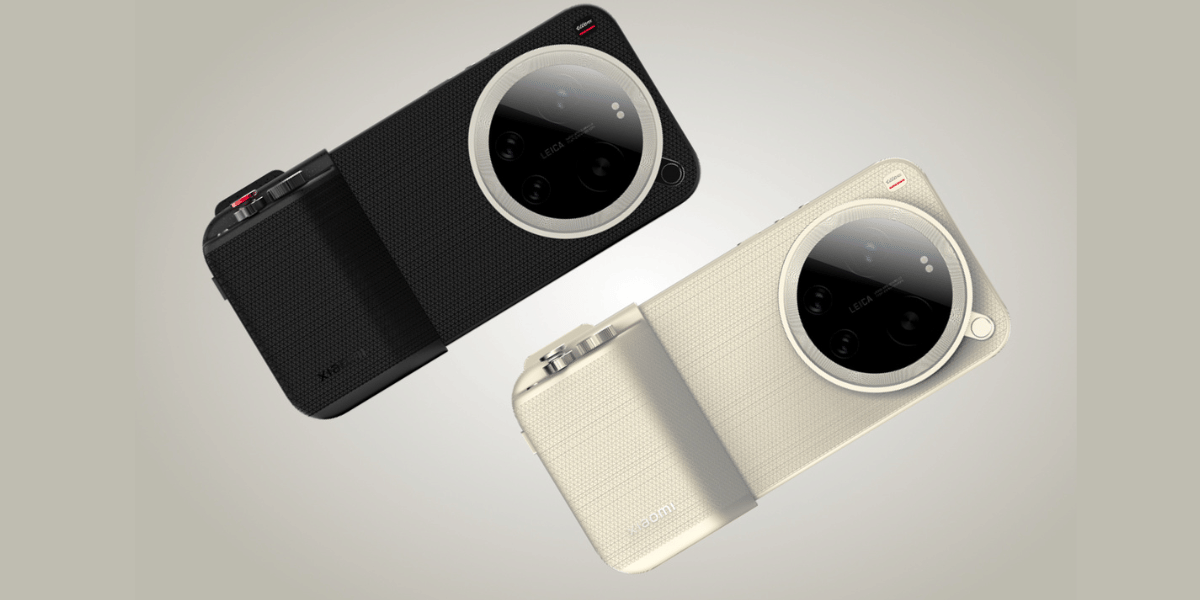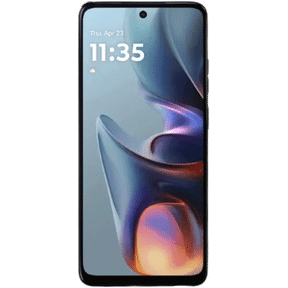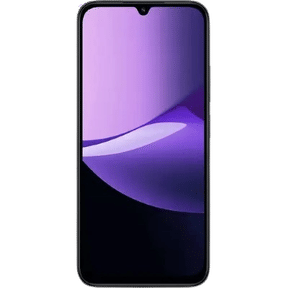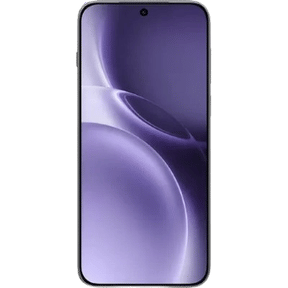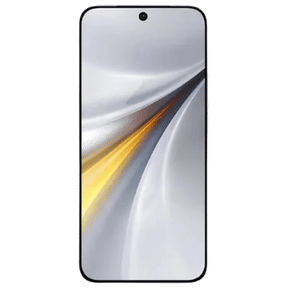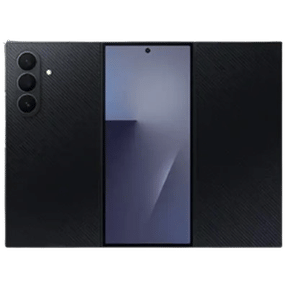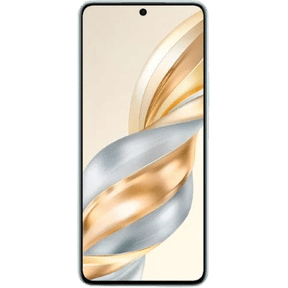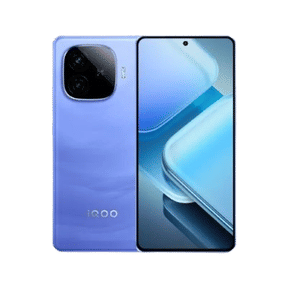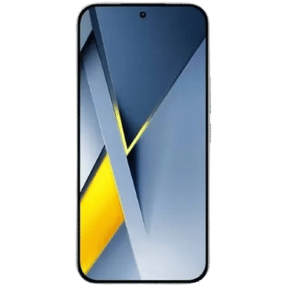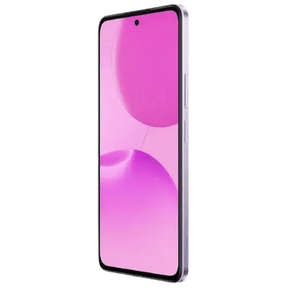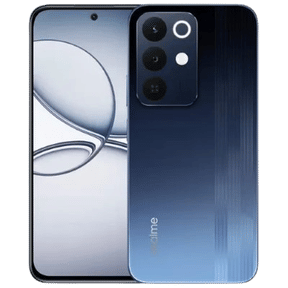In this era, smartphones have grown to be an essential part of our lives but purchasing a perfect smartphone is a tedious process. Apart from other features, when it comes to buying a smartphone based on its display, a variety of displays are available in the market across a wide range of smartphones and it’s important to know which one is most excellent before buying the smartphone. For clarifying the differences between the different types, here is the list of displays which are available in the market:
LCD
The liquid crystal display because of its good image quality and low power consumption features as the most common type among smartphone displays and even under sunlight, LCD’s are easy to read. A pixel represents the smallest element on the LCD screen and each pixel consists of a molecule layer aligned between two polarizing filters and two transparent electrodes. You can find the LCD in any mid-tier smartphones. LCD is further divided into two categories, TFT and IPS.
TFT
TFT or Thin Film Transistor is the cheapest LCD available in the market. It is constructed in such a way that display pixels are attached to both transistor and capacitor. The strength of TFT display lies in its high contrast ratio, low production cost and therefore a low-cost smartphone. But TFT displays offer poor visibility in direct sunlight along with suffering from narrow viewing angles and high power consumption.
IPS
IPS or IN-Place Switching are the current best LCDs in the market with wide viewing angles, consistent colour, and better visibility even under direct sunlight when compared to TFT displays. These displays are typically seen in mid-range smartphones because these are expensive to manufacture.
OLED
OLED or Organic Light Emitting Diode is a new display technology. It includes an organic material layer which is sandwiched between an anode and a cathode. The organic material directly produces electro-luminescent light when the electric pulse is applied between the conducting sheets and the intensity of the electric pulse determines the brightness and colour
When compared to LCDs, OLEDs are far better due to the blistering fast response, excellent colour reproduction, higher brightness, lightweight design and wider viewing angles.
AMOLED
AMOLED or Active-Matrix Organic Light-Emitting Diode is the iteration of OLED technology and the signature characteristic of this technology is its ability to display the true black by turning off the pixels and only those pixels are activated which are required for displaying the notifications, thus ensuring the information at a glance along with saving the power. Other features include lighter weight, higher brightness than LCDs, strong battery life and admirable colour vibrancy. The only weakness of AMOLED technology is that the screen contains oversaturated colours.
Super AMOLED
Developed by Samsung, Super AMOLED displays represent the advanced version of AMOLED technology. In Super AMOLED displays, there is no separate touch-sensitive layer as the touch sensors are incorporated in the display itself. Thus making it the thinnest display technology in the market. These displays are more responsive than AMOLED ones.
Retina
The term Retina is used by Apple. It is a marketing tactic which is focused on the idea that the human eye cannot identify its pixels individually. This type of display was first used in iPhone 4 with 960×640 pixels resolution along with 330 ppi. With growing displays, Apple increased the ppi from 330 to 401 ppi as in iPhone 6+.







